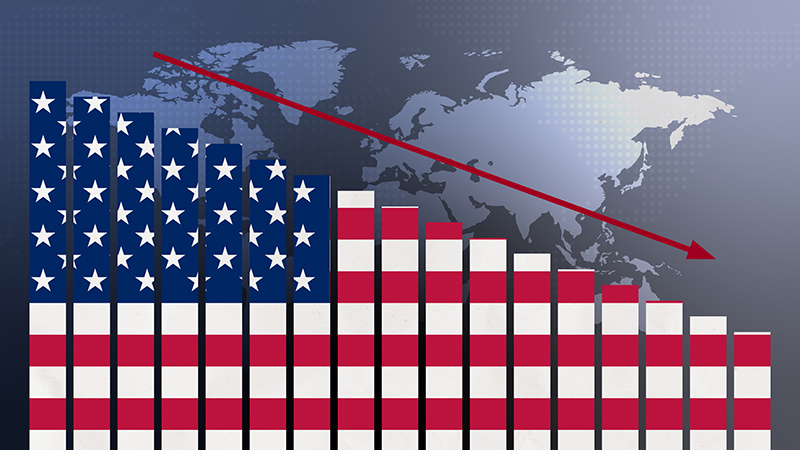The Monks Investment Trust released its full-year results on 2 July, revealing a third year of underperformance as it lagged the FTSE World Index, despite improvement over the past year after portfolio repositioning.
While Monks returned 17.6% in NAV on the year, the second half of the year showed a promising 21.6% total NAV return, with a share price total return of 28.5%. In comparison, the benchmark share price return was 16.6% for the second half of the year. For the entire fiscal year, share price return for Monks matched the benchmark at 19.1%.
Part of this can be attributed to the Monks’ board share buyback programme, purchasing 16.7m shares at a 10.4% average discount, which the board stated it plans to continue. Currently, according to the Association of Investment Companies, Monks trades on an 11% discount.
See also: Carne: Private markets due for expansion, but access and regulation barriers remain
Investec’s Alan Brierly and Ben Newell said they regard the trust as a “core strategic holding” for investors in search of low-risk and low-cost exposure, holding a ‘buy’ recommendation. The trust has been part of Invesco’s Flexible Model Portfolio since 2011.
“The past three years have been a challenging period for Monks. Initially, the portfolio was over-exposed to rapid growth companies when growth peaked and, more recently, some exceptional returns from a historically narrow range of technology companies have created headwinds for what is a well-diversified portfolio,” Brierly and Newell said.
“Not surprisingly against this backdrop, the discount has been under pressure. However, we applaud a clear and proactive approach to share buybacks, which has enhanced NAV, provided liquidity, dampened discount volatility, and allowed the company to maintain control. The board has reaffirmed its confidence in the manager.”
In its full-year results, the board called trust manager Baillie Gifford an “impressive investment house with excellent minds” and said it “shares the enthusiasm” of management for the portfolio.
However, some analysts, including Stifel’s Ian Scouller, shared a less positive outlook for the trust, highlighting that the 17.6% NAV return was still behind the benchmark’s 19.1%.
See also: Premier Miton’s Nick Ford to retire as Federated Hermes’ Knox joins firm
“It is the third year in succession that Monks has lagged the benchmark. Detractors include some of the healthcare and insurance holdings. Over 3 years to 31 May 2024, the NAV TR has declined 1.9%, well behind the FTSE World Index, which has risen 35.2% over the same period,” Scouller said.
“In response to this, the managers have been actively repositioning the company’s portfolio, identifying growth equities with the characteristics to perform well even in the more challenging economic environment. Over the past year the discount range has been 9% to 15%, and it is currently at the mid-point of the range of 12%. We retain a Neutral rating and suggest that investors who want a ‘racier’ growth focused portfolio consider Scottish Mortgage as an alternative.”
While Scottish Mortgage has dropped 27.4% in NAV over the past three years, over five years, it has a positive NAV total return of 86%. Both managed by Baillie Gifford, Scottish Mortgage trades on a slightly smaller discount to Monks, currently at 8.6%.
But Mick Gilligan, head of managed portfolio services at Killik, argues that Monks offers a more “balanced” route to Baillie Gifford’s philosophy, citing a 4.6% allocation to unquoteds versus Scottish Mortgage’s 26.4%, and lower leverage.
“The managers recognise that companies grow at different rates and at different times. Stocks are placed in one of three ‘growth profiles’: Stalwarts, Rapid and Cyclical. This framework helps to set expectations and ensure diversity. Each profile should exhibit different characteristics and perform differently across the market cycle,” Gilligan said.
Gilligan reminds that Baillie Gifford’s investment strategy is “almost exclusively dedicated to the pursuit of identifying, owning, and supporting those exceptional businesses (that 4% of the market) that drive long-term equity returns”.
“The Baillie Gifford approach requires patience. This point is made repeatedly in this morning’s release, with the phrase ‘long-term’ appearing no less than 15 times.”











